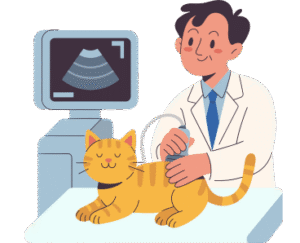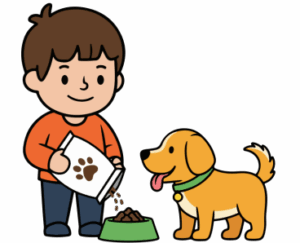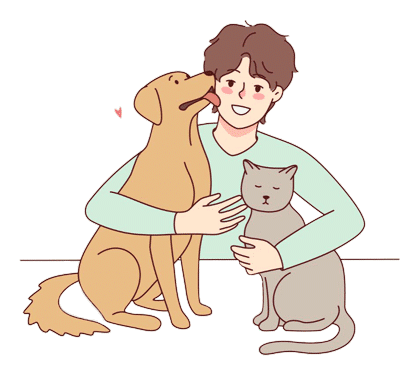Does your dog walking routine often get interrupted by your pup’s intense sniffing sessions? Don’t fret, they’re not being disobedient – they’re simply experiencing the world in a way we never could, thanks to their superpowered sense of smell. This blog post delves into the fascinating world of dog sniffing, exploring its science, benefits, and how you can create sniff-tastic adventures for your furry friend.
A dog navigates the world through his nose, like humans do with their eyes. Forget five million measly receptors – a dog’s nose boasts a whopping 220 million! Each sniff isn’t just about identifying aromas; it’s a complex mental map, a treasure trove of information fueling their learning, memory, and decision-making. Think of it as mental chess played through their nose!
Want to dive deeper into the fascinating world of canine olfaction? Check out this National Geographic article that explores the concept of ‘Conan’s Umwelt,’ highlighting how dogs perceive the world through scent in ways we can’t even imagine.”
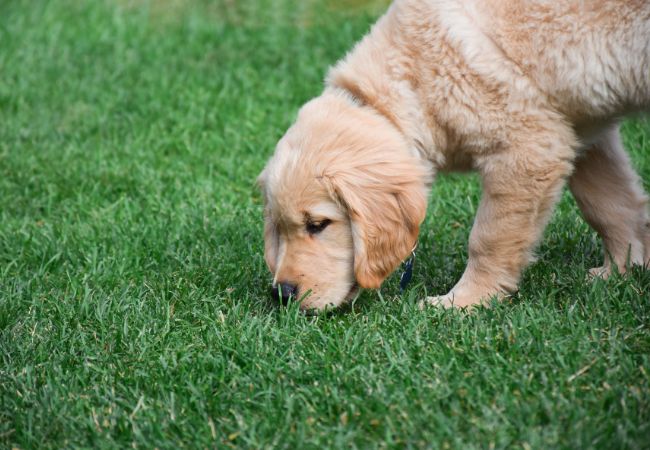
Happy Hound, Happy Life
But wait, the benefits go beyond brainpower. Sniffing reduces stress, boredom, and improves mood. It deepens their connection with the environment, making them happier and more fulfilled pups. Depriving them of this vital exploration can lead to frustration and unhappiness.

Beyond Basic Needs: Unleashing the Explorer Within
Sniffing isn’t a luxury; it’s a fundamental instinct. Imagine your dog as an intrepid explorer navigating uncharted territory. Each sniff is a discovery, a story waiting to be unraveled, fulfilling their inherent desire to learn and investigate.
The Benefits of Embracing the Sniff
- Mental Stimulation on Four Legs: Sniffing is brain food, keeping boredom at bay and promoting calmness. Think of it as doggy playtime, engaging their minds and enriching their lives.
- Walks Transformed: Sniffing walks become walks of wonder, both for you and your dog. Witnessing their excitement as they explore strengthens your bond and creates lasting memories.
Finding the Balance Between Dog Sniff, Stretch, Stroll
It’s not about sniffing all the time. Find a balance between sniff breaks, walking, and exploring. Give them opportunities to sniff, then gently encourage them to move on. Remember, safety first! Be mindful of hazards and use a long leash when needed.
How Long Should You Let Your Dog Sniff on Walks?
The duration you allow your dog to sniff during walks depends on various factors, including your dog’s age, health, and overall behavior. While there’s no set rule, experts generally recommend allowing your dog to sniff for at least 10-15 minutes during each walk. This gives them the opportunity to engage their powerful sense of smell, which provides mental stimulation and enrichment. However, it’s essential to strike a balance between sniffing time and the overall duration of the walk.
Training for a Sniff-tastic Dog Walk:
- Sniff on Cue: Train your dog to recognize a cue like “sniff time!” for designated sniffing moments. This helps maintain control and allows you to choose safe sniffing spots.
- Leash Manners Matter: Teach your dog loose leash walking while incorporating sniffing breaks. Reward good behavior, making walks enjoyable and stress-free for both of you.
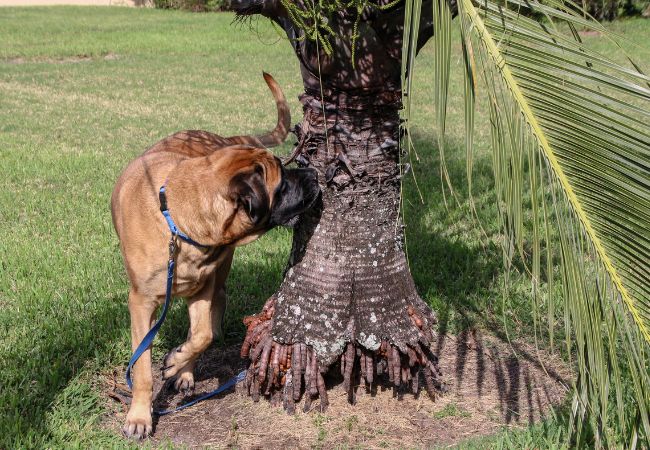
Debunking the Dog Sniffing Myths:
- The Myth of the Puller: Sniffing doesn’t make your dog a puller. Leash pulling often stems from excitement or lack of training, not the sniffing itself. Address the root cause, not the sniff.
Some believe sniffing leads to leash pulling, but the root cause often lies elsewhere. This Scientific American article explores the science of smell and its connection to canine behavior. It offers valuable insights into how to address pulling issues effectively.
- Slowpoke Syndrome: Sniffing walks may be slower, but they’re not unproductive. Mental and physical exercise are achieved, leading to a calmer and more content dog.
Dog Sniff-Friendly Adventures Await!
From parks and fields to nature trails and sniff-friendly stores, the world is an olfactory playground waiting to be explored. Vary the duration and location of sniff breaks, and change the walking spots to keep things exciting and your furry friend engaged.
Embrace the Sniff!
By understanding your dog’s needs and incorporating sniff-friendly practices, you’ll create walks that are truly enriching for both you and your canine companion. So, let them lead the way (with their nose, of course) and embark on an adventure together! Remember, unlocking the power of the sniff unlocks a world of joy, connection, and well-being for your furry friend.
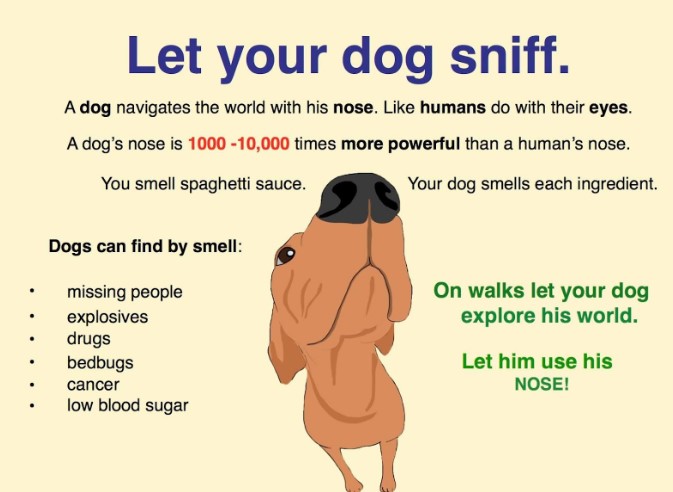
Does your furry friend spend more time sniffing than walking on your adventures? Don’t worry, it’s not disobedience, it’s dog magic!
Their super-powered noses unlock a world of joy, learning, and connection. But planning sniff-tastic walks can be tricky. That’s where Pawland comes in!
Our expert dog sitters are sniff-enthusiasts too! We understand how important it is for your pup to explore and engage their senses.
With Pawland:
- Safe & Sniff-tastic Walks: We choose safe, stimulating areas and prioritize quality sniffing breaks.
- Tailored Adventures: We cater to your dog’s breed, age, and personality, ensuring a perfect sniff-balance.
- Happy & Connected Pups: We prioritize your dog’s well-being, fostering joy and connection through sniffing adventures.
Ready to unlock the power of the sniff? Book your Pawland dog sitter today and let the sniffing begin!
Frequently Asked Questions
Sniffing itself doesn't cause pulling. Pulling often stems from excitement or lack of training. Focus on teaching loose leash walking and reward good behavior. You can also train your dog to sniff on cue, giving you more control during sniffing breaks.
Sniffing may slow down the pace, but it's not unproductive. Mental and physical exercise are still achieved, leading to a calmer and happier dog. Plus, watching their excitement while sniffing can be a joy!
Yes, be mindful of hazards like poisonous plants or traffic. Use a long leash when needed and train your dog to "check-in" regularly for safety.
Explore dog-friendly parks, nature trails, or sniff-friendly stores. Hide treats or toys for them to find using their nose. Rotate routes and vary the duration of sniffing breaks to keep things exciting.
Some loss of interest in sniffing can be normal with age. However, consult your vet if you notice a sudden or significant decrease, as it could be a sign of underlying health issues.



